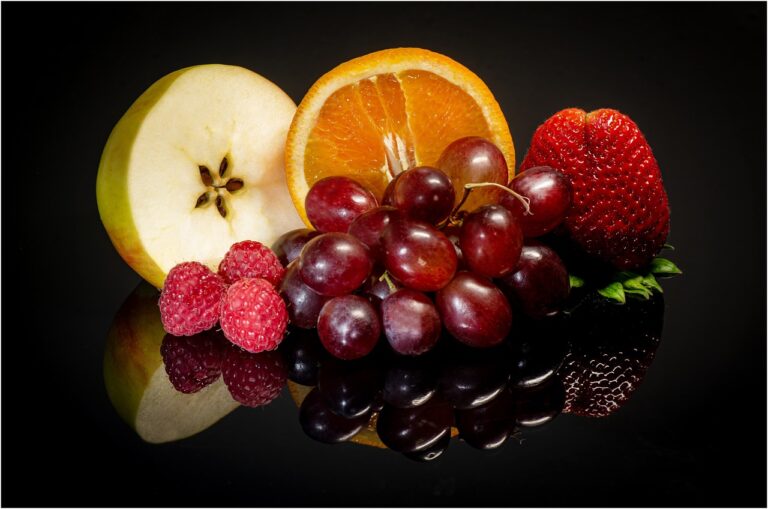Spotlight on Food Waste: Innovative Solutions and Initiatives
Food waste reduction is a global issue that requires the participation of various key players to drive change and innovation. Supermarkets play a crucial role in this endeavor by implementing strategies to reduce waste at every stage of the supply chain. Through initiatives like donating surplus food to local charities, optimizing product ordering, and facilitating customer education on reducing food waste, supermarkets are making significant contributions to the cause.
Food manufacturers are also instrumental in reducing food waste by focusing on improving production processes, optimizing packaging, and developing innovative solutions to utilize by-products effectively. By adopting sustainable practices and investing in technologies that minimize waste generation, food manufacturers are not only reducing their environmental footprint but also setting a standard for the industry. Collaboration between supermarkets, food manufacturers, and other key players in the food industry is essential in creating a holistic approach to food waste reduction that addresses challenges at every stage of the supply chain.
Creative Ways to Repurpose Food Waste
Food waste can be repurposed in numerous resourceful ways, transforming what might have been discarded into useful and sustainable products. One innovative method involves turning overripe fruits into flavorful jams, jellies, or syrups, preventing them from going to waste while also creating delicious spreads for consumption. Another creative approach is utilizing vegetable scraps such as carrot tops, celery leaves, and onion skins to make nutrient-rich homemade broth, contributing to a more sustainable kitchen and reducing the amount of food discarded.
Furthermore, food waste can also be repurposed for eco-friendly gardening practices. Coffee grounds, eggshells, and fruit peels can be composted to create nutrient-rich soil for plants, supporting healthy growth without the need for commercial fertilizers. By repurposing food waste in such ways, individuals can not only reduce their environmental impact but also explore new and inventive ways to make the most out of every ingredient in their kitchen.
• Turning overripe fruits into jams, jellies, or syrups
• Utilizing vegetable scraps to make homemade broth
• Composting coffee grounds, eggshells, and fruit peels for nutrient-rich soil
Technological Advancements in Food Waste Management
Technology continues to play a pivotal role in revolutionizing how we manage food waste. One notable advancement is the development of smart bins equipped with sensors that monitor the level of waste and provide real-time data to optimize collection routes and frequencies. This technology not only reduces operational costs but also minimizes the environmental impact of waste transportation.
Another significant technological advancement is the use of anaerobic digesters to process organic waste into biogas and nutrient-rich fertilizers. These digesters break down food waste in an oxygen-free environment, producing renewable energy that can be used to power facilities or fed back into the grid. By harnessing technology in this way, we are not only diverting food waste from landfills but also creating valuable resources that contribute to a more sustainable food system.
What are some key players in food waste reduction?
Some key players in food waste reduction include food banks, non-profit organizations, government agencies, and companies specializing in waste management solutions.
Can you provide examples of creative ways to repurpose food waste?
Some creative ways to repurpose food waste include turning fruit peels into compost, using vegetable scraps to make broth, and converting leftover bread into breadcrumbs.
How have technological advancements improved food waste management?
Technological advancements have improved food waste management by enabling better tracking and monitoring of food waste, developing solutions for food preservation, and creating innovative ways to repurpose food waste.







